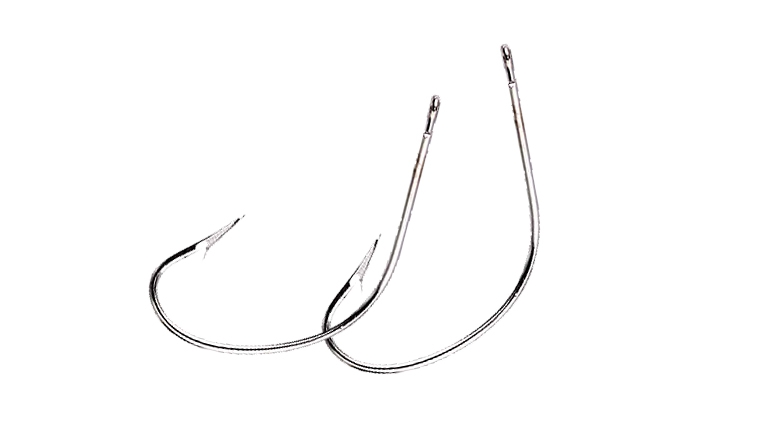
The following content was received from the Chartered Accountants Australia and New Zealand.
The Government’s latest housing tax changes will have little or no impact on family home owners who are home bodies, but Chartered Accountants Australia and New Zealand (CA ANZ) warns they contain a number of new traps for owners whose circumstances are less certain.
There is a family or main home exclusion to the new bright line rule which applies to residential properties bought on or after 27 March 2021. Sellers of residential properties (other than the main home) owned for less than 10 years face paying income tax on their net profit from the sale.
However, CA ANZ’s New Zealand Tax Leader John Cuthbertson warns that the fine print in the new rules focusing on how long main home owners may be away from their main home can result in an unpleasant surprise, and likely a large tax bill. Home owners should not assume that the main home exclusion will automatically apply to them for the full period that the property is owned.
The “safe harbour” allowing home owners to be away from their main home for a continuous period up to 365 days (12 months), included as part of the main home exclusion, is too short to protect main home owners in some circumstances, says Cuthbertson. “This coupled with a new change of use rule will result in more home owners having to pay tax on a portion of their gain from their main home if sold within 10 years.
“If you fall outside the main home safe harbour, lots of paper work and a potential tax bill lie in wait,” says Cuthbertson. The time main home owners are away from their home will be treated as a ‘non-main home day.’
“Examples of where the main home exclusion doesn’t apply won’t be rare and thanks to high house prices, the tax bills won’t be small.”
Cuthbertson says an example of how someone could be caught with a tax bill when selling within a 10-year period was a home owner who bought after 27 March, who lives away from their main home for more than a year while on secondment to another town.
He said people intending to build their own home should also be wary. “Taking more than a year, from buying a section, to actually moving in to the newly built home could see home owners caught by the rules for that initial period before they move in and if they ultimately sell within 10 years.”
In the past, Kiwi salary and wage-earning taxpayers have had to keep very few records for tax purposes.
Now however, home owners who realistically expect to be away from their property for more than 12 months will have to keep records of the precise number of days living away from the property, Cuthbertson said. “They will also need to keep records of any capital improvements made to the property if they want to claim these against the property’s sales proceeds.”
Example of how it works
In a simplified example, Sarah buys her home in late 2021 for $810,000 (the NZ median house price) but in 2022 she begins an 18-month out-of-town secondment.
Four years after purchase, she sells her home for $1.2 million to move to a lifestyle block. She has a net profit of $390,000.
Sarah needs to know exactly how many days she owned the property for, and how many days she was living away from her main home. She would need to use this number of days to calculate the portion of her profit that will be subject to tax.
While she could deduct the costs of buying and selling the property, and the cost of any capital improvements, she could have to pay tax at her marginal rates on approximately $146,000 – the taxable portion of her gain. (The calculation: 548 days [equal to 18 months] divided by 1,460 days [4 years] x $390,000 = $146,000).
The real catch is this taxable amount is included in the income year Sarah sells her property and is added to her other income sources for that year. For many people this will force them into the top tax band for that year, potentially 39%.
If Sarah had an annual salary of $54,000 in the year that she sold her house, her total taxable income will amount to $200,000 and her tax bill will be approximately $58,000.
4 Comments
Unintended consequences of bad taxation policy or maybe intended!
Labour don't tend to think through their policies....
Well done Grant- another disaster looming
This issue is so easy to fix and should be fixed immediately. Copy the Australian system which is if you have to move for work or you travel overseas etc you can rent your "main residence" for a period of 6 years and not pay capital gains as long as its the only property you own anywhere in the world. So if somebody is posted to Sydney for 2 years and they rent a property in Sydney then their main house in NZ would remain free of tax as long as its rented for less than 6 years. This also then covers people with building issues etc.

We welcome your comments below. If you are not already registered, please register to comment.
Remember we welcome robust, respectful and insightful debate. We don't welcome abusive or defamatory comments and will de-register those repeatedly making such comments. Our current comment policy is here.